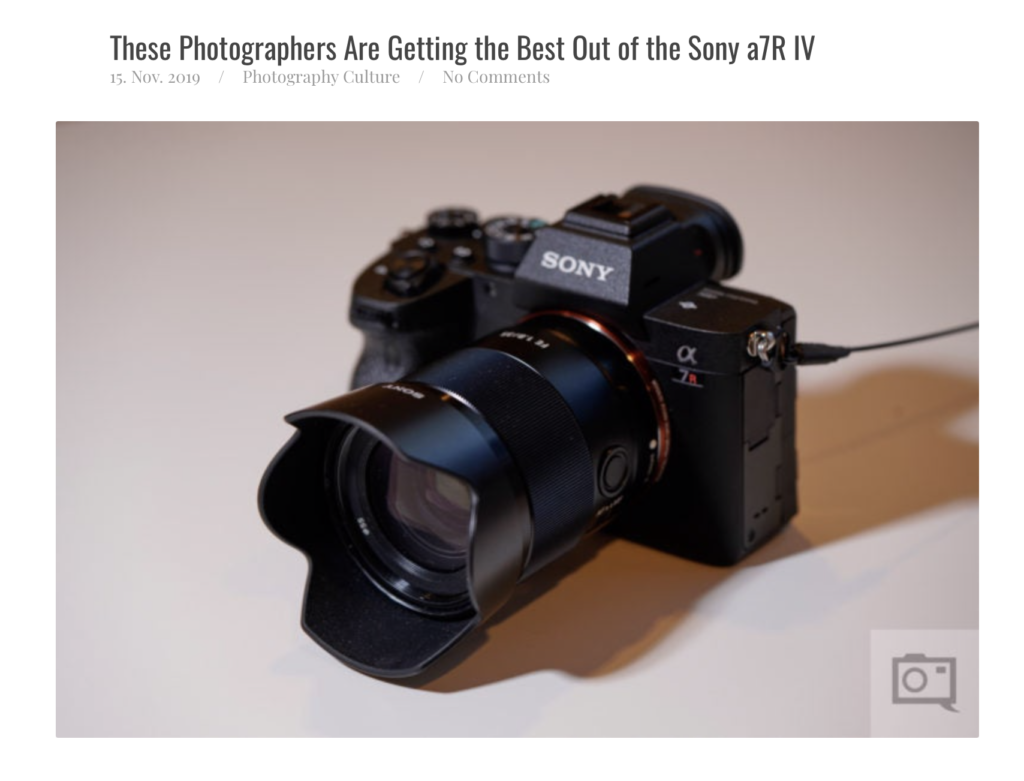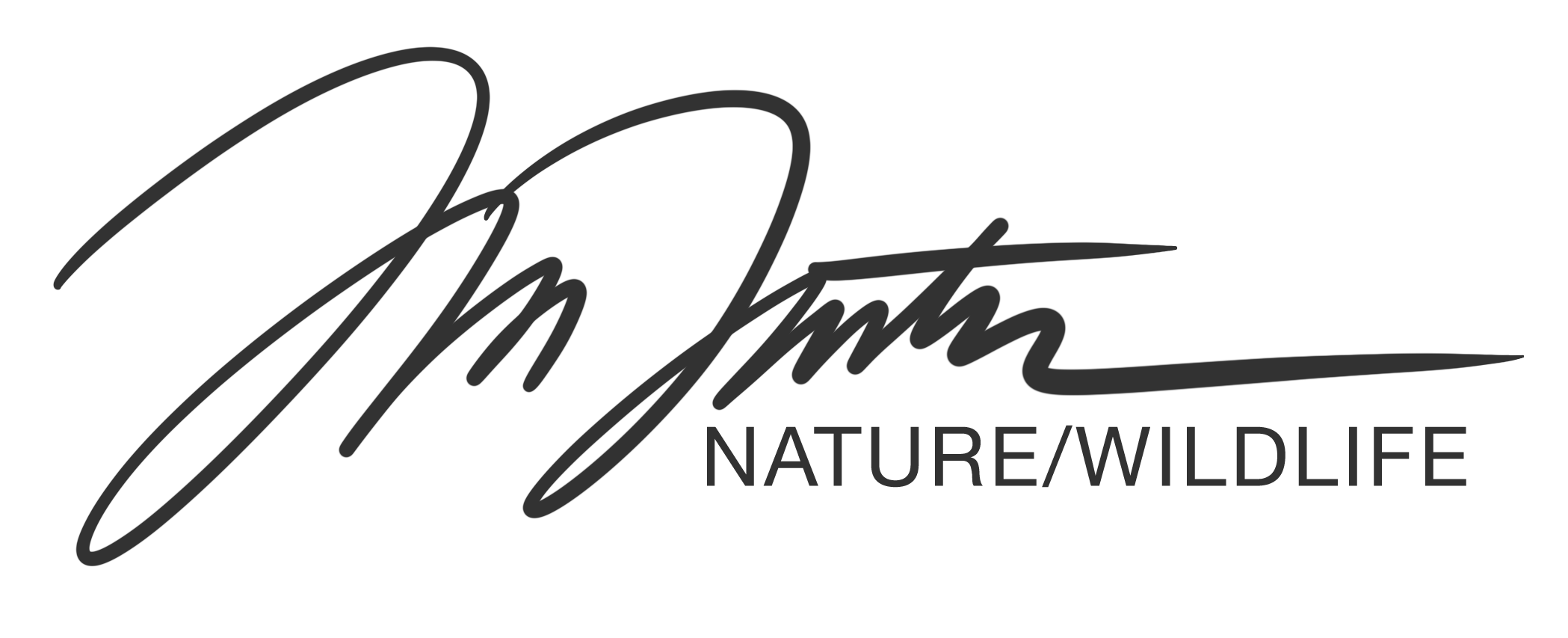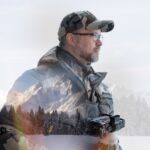
The Phoblographer recently published an article on 5 photographers that are getting the most use out of the Sony A7R4, and I am grateful to be one of the featured photographers.
I have shot on numerous cameras in the past, including Canon, Nikon, Olympus and Sony. I even shot on Pentax during the film days. Recently I made the switch to Sony from using primarily a Nikon D850. I had a Nikon D850 that I shot most of my wildlife with using the 500mm f4 lens, but when Sony came out with the 400mm f2.8, I decided to make the switch to full Sony. I shot with the Sony A7R when it first came out, and I noticed in looking at my prints over the years, the best ones seemed to come from that camera. That’s not the only reason, but was a big part of the switch.
Other reasons include the following:
- Mirrorless cameras are smaller, more compact, and lighter
- Video functionality is better and easier to work with in the field
- Faster autofocus and silent shutter
By the time you add a 400mm f2.8 to the A7r4, it may not be that much lighter, but they are more compact, and make it easier to travel with, especially if you are traveling internationally.
Video function was a huge part, as with a DSLR you had to switch to live view, and shooting with longer lenses, a tripod was absolutely necessary. It is so much easier with the mirrorless cameras to switch back and forth and catch video in the field. Most of the time, that video opportunity will not last long, so you have to be able to switch quickly. The only downside with that is that with SD card buffer rates, you often have to wait for the buffer to clear before you can start video.
Mirrorless have both phase and contrast detection and can offer faster autofocus, which is a relatively new feature. DSLR’s used to be faster. The silent shutter is awesome to shoot with as well, as don’t have any mechanical movement if you are shooting longer exposure images. It is also nice to be close to wildlife and not have the constant loud mechanical shutter going off. It can present some opportunities that you might not get otherwise.
Please be sure to check out my instagram @jmdarter if you don’t already follow me!
I sent a short video to my girls from the top, telling them “The hardest climbs bring the greatest views” a quote that has meant a lot to me in the past few years.
My photography for the past 10-20 years has been partially a form of therapy for me. Through a 20 year career in law enforcement, you see the best at their worst, the worst at their best, and everything in between. Some of that is the ability to witness some truly amazing, great moments. But, a lot is not. It’s a lot of things that you would like to forget. Nature and wildlife has always been a place of comfort for me, but I’ve really begun to understand that better more recently.
Through this new film series, I hope to share some of that with you, and be able to highlight some of the amazing lands and animals that we encounter when we are scouting or running tours with @aarons_tours. This series was born out of a shared passion for wildlife and a commitment to conservation. Through our lenses, we hope to show you a side of wildlife that is rarely seen and to make you think about the world in new ways. Our goal is to inspire others to appreciate and protect the beauty and complexity of the natural environment. Follow and share to keep up with more updates soon! #mountrainier #themountainsarecalling #seattle #kuhl #nature #landscapephotography
Had a great weekend in Seattle, kicked off filming of an upcoming wildlife conservation series that I will be co-hosting with @aaronbaggenstos. I’m really looking forward to this project, and working with some very talented individuals including @witkowicz, @colindw, and BlakeJohnson!
After filming, we went for a hike at Mount Rainier, and got saw some epic views, including this one. Follow and share to keep up to date with more info coming soon! #seattle #mountrainier #landscapephotography #themountainsarecalling #epic_landscape
This is one of the first bears I came in close contact with in Katmai. I remember the excitement and adrenaline rush as I stared at him through the lens. He was a big bear, and his battle scars showed that he had been in more than one fight.
I was lying in the grass just across a small creek from him when I took this, and we stayed with him most of the morning. I can`t wait to get back there next month for more bears! #katmai #bear #grizzly #alaska


